Geological Hydrothermal Alteration: The Chemical Dance Between Magmatic Fluids and Host Rocks
The Earth's crust is a dynamic system where heat, pressure, and chemical interactions constantly reshape its composition. One of the most fascinating processes in this realm is hydrothermal alteration, where hot fluids derived from magma interact with surrounding rocks, triggering profound chemical transformations. This phenomenon occurs in diverse geological settings, from volcanic systems to deep-seated plutonic environments, leaving behind a rich tapestry of mineralogical and textural evidence.
At its core, hydrothermal alteration represents a complex interplay between migrating fluids and the minerals they encounter. These fluids, often superheated and charged with dissolved ions, percolate through fractures and pore spaces, reacting with the host rock matrix. The chemistry of both the fluid and the rock determines the nature and extent of alteration, creating distinct mineral assemblages that geologists use to interpret ancient hydrothermal systems.
The genesis of hydrothermal fluids begins deep within the Earth's crust or upper mantle, where crystallizing magma releases volatile-rich fluids. As these fluids ascend, they may mix with meteoric water or connate brines, creating hybrid solutions with unique chemical signatures. Temperature plays a crucial role, with different alteration types dominating at specific thermal regimes. High-temperature systems (300-600°C) typically produce potassic or sodic alteration, while intermediate (200-300°C) and low-temperature (<200°C) systems generate sericitic, argillic, or propylitic alteration zones.
Wall-rock alteration manifests through several characteristic processes. Ion exchange reactions between fluid and rock can lead to the leaching of certain elements and the deposition of others. For instance, potassium may replace sodium in feldspars, transforming plagioclase into orthoclase. Hydration reactions introduce water molecules into mineral structures, converting anhydrous minerals like feldspar into hydrated phyllosilicates such as clay minerals. More aggressive alteration may completely dissolve original minerals and precipitate new phases in their place.
The spatial distribution of alteration zones often follows predictable patterns around fluid conduits. Immediately adjacent to fluid pathways, intense alteration may completely obliterate original textures, creating massive replacement bodies. Moving outward, alteration becomes progressively less severe, grading into partially altered rock that retains some primary characteristics. This zonation provides critical clues about fluid flow dynamics and the thermal gradient that existed during alteration.
Economic significance of hydrothermal alteration cannot be overstated. Many of the world's most important ore deposits form through these processes, including porphyry copper, epithermal gold, and volcanogenic massive sulfide deposits. The alteration halos surrounding mineralization often serve as exploration guides, with specific mineral associations indicating proximity to economic mineralization. For example, the presence of dickite or alunite might signal a nearby high-sulfidation epithermal gold system.
Advanced analytical techniques have revolutionized our understanding of hydrothermal systems. Microanalytical methods like laser ablation ICP-MS allow researchers to trace element mobility at microscopic scales, while stable isotope studies reveal fluid sources and pathways. Fluid inclusion studies provide direct windows into the composition and temperature of ancient hydrothermal fluids, frozen in time within mineral growth zones.
Modern research continues to uncover surprising complexities in hydrothermal processes. Recent studies have demonstrated how microbial activity may influence alteration chemistry in low-temperature systems, blurring the line between purely inorganic and biologically mediated reactions. Other work has revealed how nano-scale fluid pathways can facilitate alteration even in seemingly impermeable rocks, challenging traditional models of fluid-rock interaction.
The study of hydrothermal alteration extends beyond academic interest, with practical applications in geothermal energy development, carbon sequestration, and nuclear waste disposal. Understanding how fluids alter rocks helps engineers predict reservoir behavior in geothermal systems or assess the long-term stability of containment barriers for hazardous materials. As we push the boundaries of deep Earth exploration, from enhanced geothermal systems to deep mining, this knowledge becomes increasingly vital.
Field observations combined with experimental simulations continue to refine our models of hydrothermal alteration. Laboratory experiments that replicate crustal conditions have shown how reaction rates vary with temperature and fluid chemistry, while numerical models help predict alteration patterns in three dimensions. These approaches, when integrated with field studies of ancient systems, provide a more complete picture of this fundamental geological process.
Looking ahead, researchers are focusing on the role of hydrothermal alteration in global geochemical cycles. These processes may significantly influence the cycling of elements like carbon, sulfur, and metals between the crust, hydrosphere, and atmosphere over geological timescales. As we develop more sophisticated analytical tools and computational models, our understanding of this critical Earth process will undoubtedly deepen, revealing new insights into both our planet's history and its future evolution.
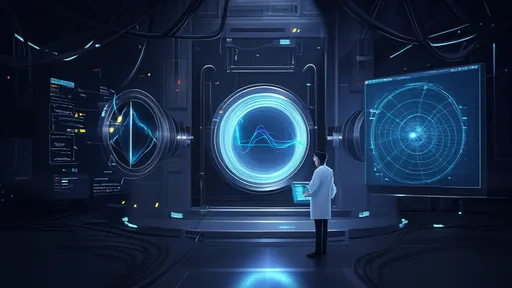
By /Jun 19, 2025
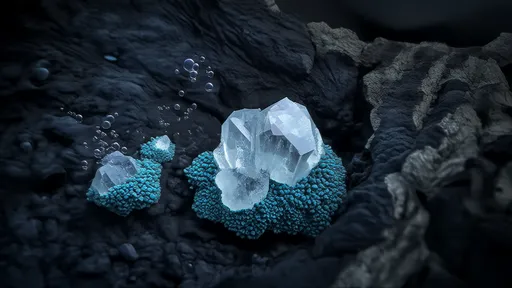
By /Jun 19, 2025

By /Jun 19, 2025

By /Jun 19, 2025
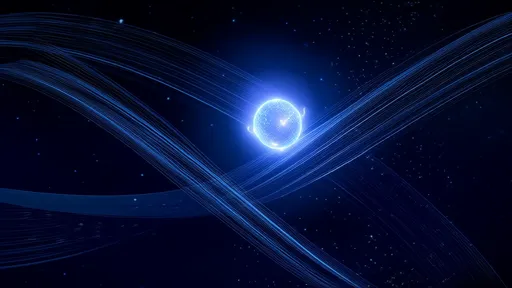
By /Jun 19, 2025
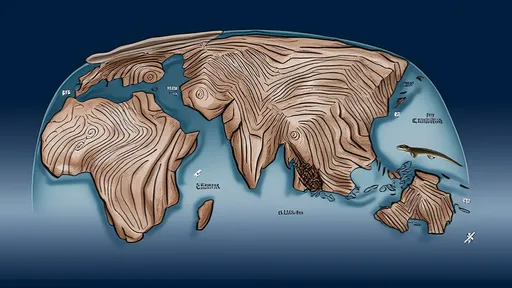
By /Jun 19, 2025

By /Jun 19, 2025
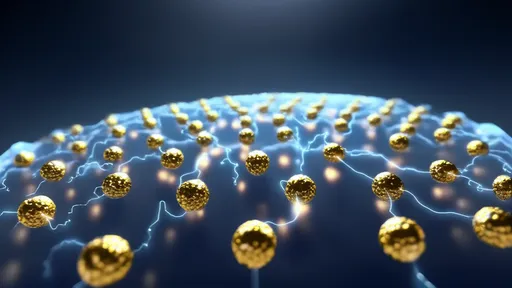
By /Jun 19, 2025
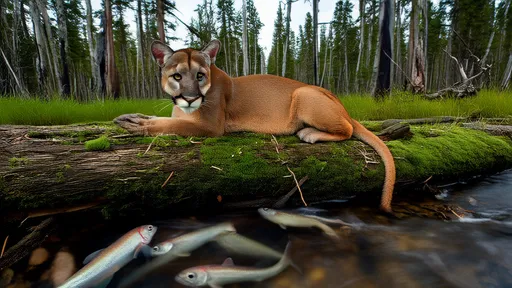
By /Jun 19, 2025
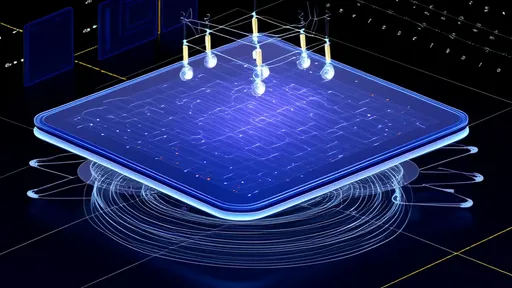
By /Jun 19, 2025
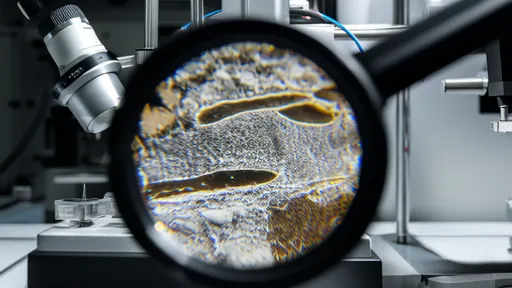
By /Jun 19, 2025

By /Jun 19, 2025
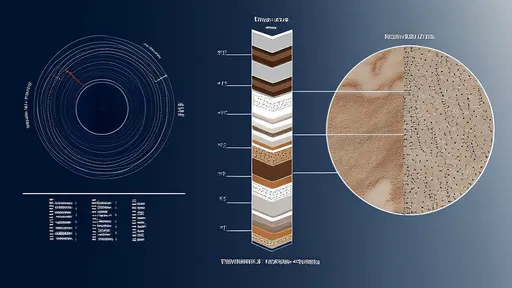
By /Jun 19, 2025
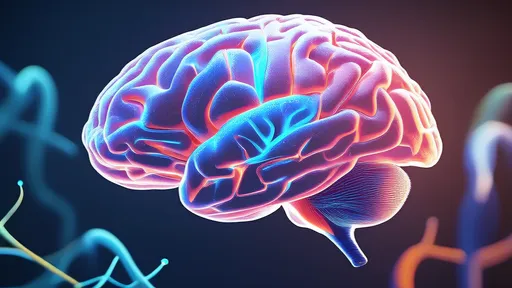
By /Jun 19, 2025
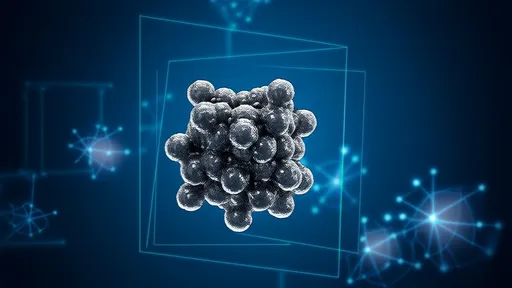
By /Jun 19, 2025
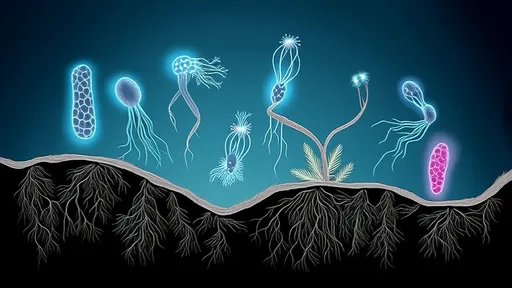
By /Jun 19, 2025
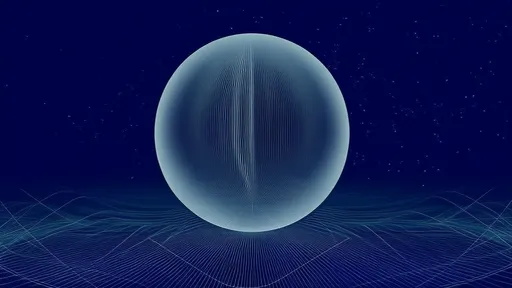
By /Jun 19, 2025